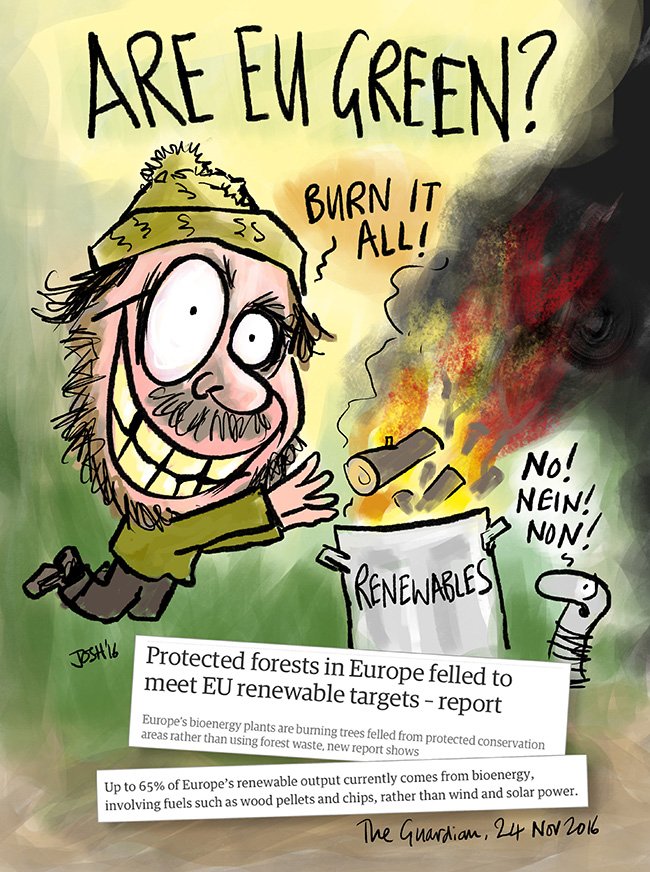Humans are 90% irrational - Scott Adams
It's been an extraordinary year in politics as event after event proved the "experts" and the media wrong. The above article appeared in an Irish newspaper back in August. The article below about climate change appeared in the same newspaper a week later. Both pieces suffer from a distinct lack of critical analysis and instead focus mostly on emotion and even hysteria. This approach does sell newspapers as Scott Adams says humans are mostly irrational. Once the irrational idea that Trump could not win the election took hold, this then evolved into a mass hysteria where even the bookmakers became hoodwinked. Not alone did they lose big on the Trump victory, they paid out on a Trump defeat before the actual result came in ! Rational and clear analysis becomes almost impossible in such an environment and even intelligent people succumb.
In such environments (mostly created by the media), the media will seek to reinforce how we feel about the issue by saying "Relax" or in the case of the climate "Worry". At this stage, we have moved from being 90% irrational to 100% irrational. All doubt has been removed. Only the sudden shock of reality can make us see sense.
Back in 1968, an English man had the crazy idea about transferring news and information across wires and into TV screens and even on to computers. It turned out to be very prescient.
.
The internet means you can get different opinions and analysis and make up your own mind. If you prefer the emotive stuff, you can still find that online. If you prefer critical analysis and debate then you can find that too which before was not as accessible. Articles can be instantly fact-checked and updated to give the most accurate assessment at that time.
President Elect Trump had a significant online presence, much bigger than that of his opponent. Turns out that was not something to "Relax" about. The old print media is now looking increasingly irrelevant. We may be seeing it going extinct in the near future. Something they will certainly be "worried" about.


.jpg)
































